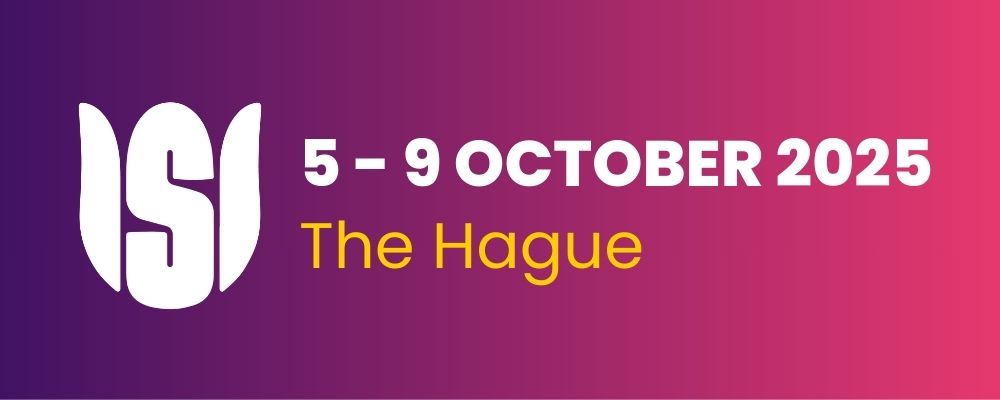Antimicrobial resistance
Conference
65th ISI World Statistics Congress
Format: CPS Abstract - WSC 2025
Session: CPS 17 - Clinical Prognostics and Risk Assessment
Tuesday 7 October 5:10 p.m. - 6:10 p.m. (Europe/Amsterdam)
Abstract
Antimicrobial resistance (AMR) constitutes a critical global health threat, highlighting the need for
advanced surveillance systems to monitor temporal trends in minimum inhibitory concentration (MIC)
values. These systems are vital for enabling early detection and facilitating timely interventions.
Despite the abundance of available data, applying sophisticated models in clinical research has been
limited. This study addresses this gap by presenting a comprehensive Bayesian framework for modelling
the latent true log2(MIC) values of resistant and non-resistant isolates across specific
antimicrobial-bacterium combinations. The framework employs a Bayesian mixture model with latent
classification to distinguish between resistant and non-resistant subpopulations while capturing complex
data structures and temporal trends through hierarchical modelling. Implemented via a Gibbs sampler
algorithm, the model demonstrates remarkable flexibility in handling key MIC data challenges,
including latent variable forecasting, censoring and ordinality. This study establishes that Bayesian
methods under the proposed model are highly effective in identifying resistance creep and examining
resistant isolates while mitigating right-censored values through the incorporation of prior information.
Furthermore, the study reveals a significant correlation between the trends in non-resistant and
resistant isolates, providing a holistic view of AMR dynamics. By providing a sophisticated tool for
understanding AMR trends, this study contributes significantly to informing strategies to combat this
pressing public health threat
